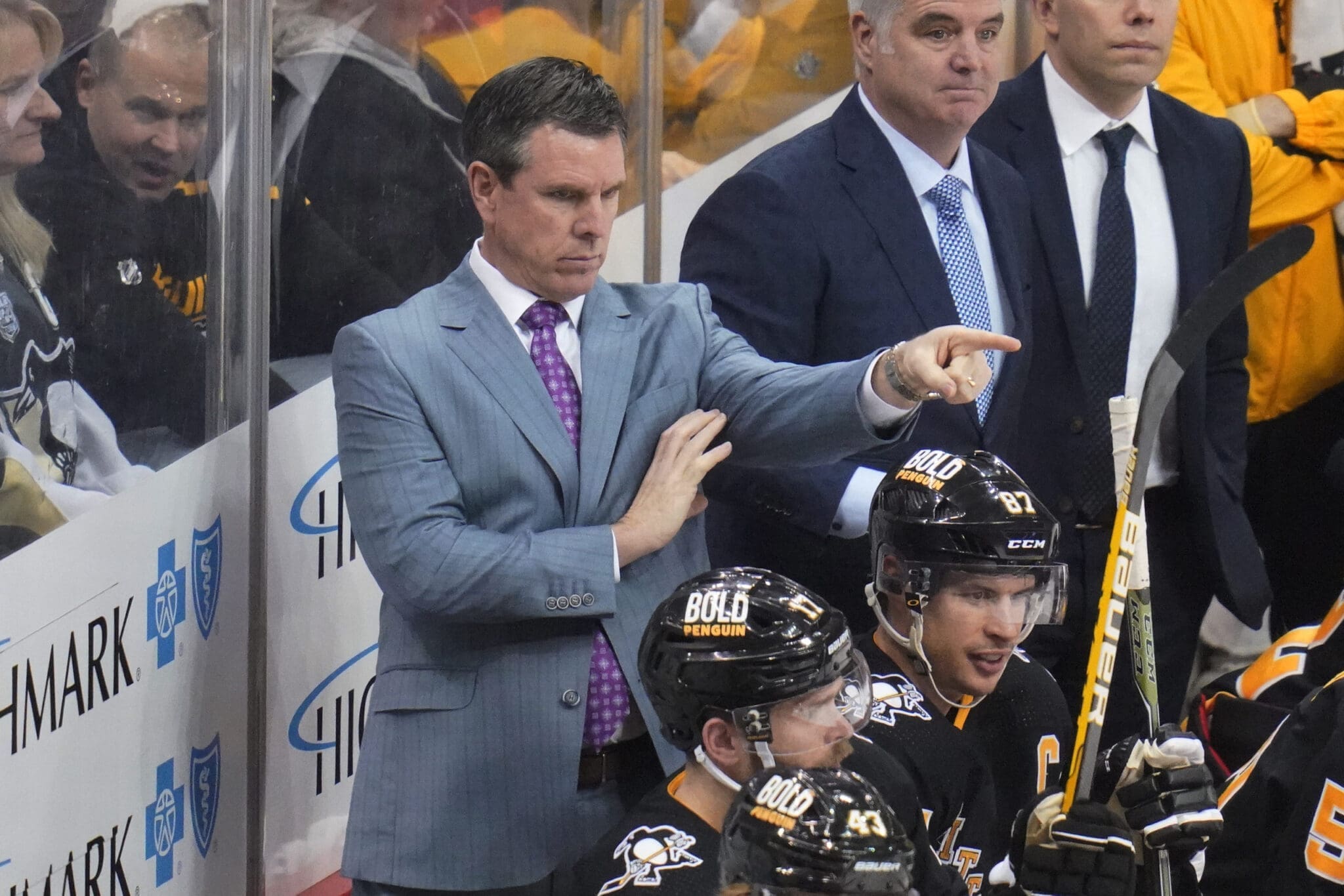Penguins
Who Cares About Line Changes? Until One is Botched, Anyway

Line changes are choreographed chaos for the Pittsburgh Penguins.
Every other team at just about every level of the sport, too.
Hockey is the only major sport — and perhaps the only sport, period — in which players enter and leave play while it is in progress, rather than during a stoppage.
The idea of it happening in other sports actually is rather comical.
Imagine one wide receiver going to the bench in the middle of running a route, with another coming on to complete it. Or a basketball player peeling to the sideline during a fast break so he can be replaced by a rested teammate. Or a baseball team switching catchers while the ball is in the outfield and a play at home plate is looming.
The idea is utterly preposterous. Wince-worthy. Something that would be seen only in a comedy attempting to parody a sport.
Or, of course, in a hockey game, where it happens dozens of times, as the natural course of events.
Generally, those personnel changes go almost unnoticed, because they’re executed seamlessly.
Guys have a pretty good idea of how long they are expected to be on the ice under normal circumstances — average shift times on the Penguins range from 37 seconds (Ryan Poehling) to 56 seconds (Kris Letang) — and the teammates who will be replacing them when on-ice circumstances make it practical know to be ready to go over the boards.
Mind you, the exchange doesn’t always go as smoothly as planned, and that generally results in the team being penalized for having too many men on the ice.
Sometimes, the price for getting it wrong is even higher, and the mistake is immediately reflected on the scoreboard.
That can happen when just one player picks an inopportune moment to leave the ice — like, say, when he should be defending against an oncoming rush — and the other team gets a brief manpower advantage that makes a quality scoring chance possible.
And when virtually everyone on one club tries to go to the bench at a bad time — which the Penguins did during the first minute of their 4-1 loss to Toronto Saturday night at PPG Paints Arena — the result is predictably disastrous.
The Penguins, as usual, started the Sidney Crosby’s line, which has Jake Guentzel and Rickard Rakell on the wings, and the defense pairing of Marcus Pettersson and Letang.
A little more than a half-minute into the game, all of the Penguins except Rakell, who was along the right-wing boards near center ice, skated toward their bench. None showed so much as a wisp of urgency, apparently believing that the puck was heading into the Toronto end of the ice.
They were wrong.
Auston Matthews got possession just outside the Pittsburgh Penguins’ blue line, then pivoted on the far side of the red line and slid a pass to Mitch Marner, who was able to drive to the net unchallenged and slide a shot past Casey DeSmith.
Jeff Petry, P.O Joseph, Ryan Poehling and Teddy Blueger all made it onto the ice before Marner scored, although none got out there in time to have an impact on the play.
The guys who made it to the bench were spared the minus-1 that Rakell and their replacements received.
Crosby vented his frustration at that sequence by angrily kicking the inside of the boards at the Penguins’ bench, and one has to imagine that Mike Sullivan was tempted to do likewise.
Or worse.
After all, he’s a details guy, and executing efficient line changes is an important one.
But it also is one that’s easy to take for granted … at least until something like the Pittsburgh Penguins’ wretched transition from the first shift to the second Saturday happens.












